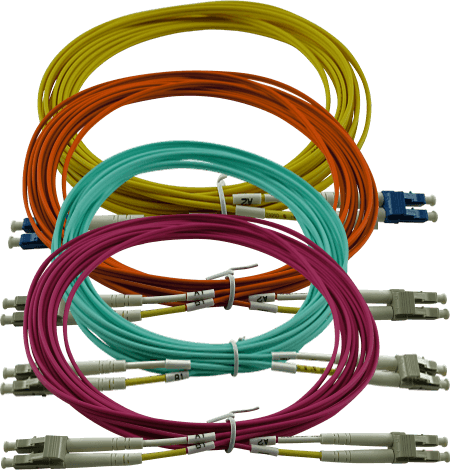
Multimode & Singlemode Fiber - The Comparison
Both fiber patch cords have the same basic structure. Around the fiber two layers of fabric and/or plastic for the insulation and protection of the fiber are placed. This is coated with a PVC or LSZH (Low Smoke Zero Halogen) sheathing. The difference in the fiber types already occur during construction. It is inside the cable and consists of a core of pure glass surrounded by a cladding layer of reflective glass, which focuses the light rays inside the core.
In the following, we will look at the existing differences using the example of single-mode and multi-mode fiber patch cords.
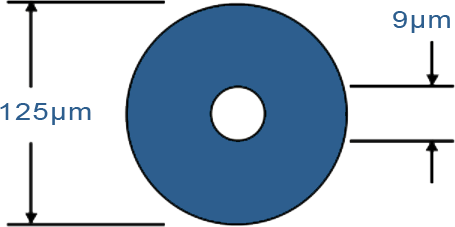
The Singlemode Fiber Core
Single-mode fibers have a very small glass fiber core diameter of 9μm, which allows only one type of light. As a result, the number of reflections resulting from the light transmitted through the core, as opposed to multi-mode fibers, is drastically reduced. This lowers the attenuation of the transmission and allows the signal to move faster and farther.
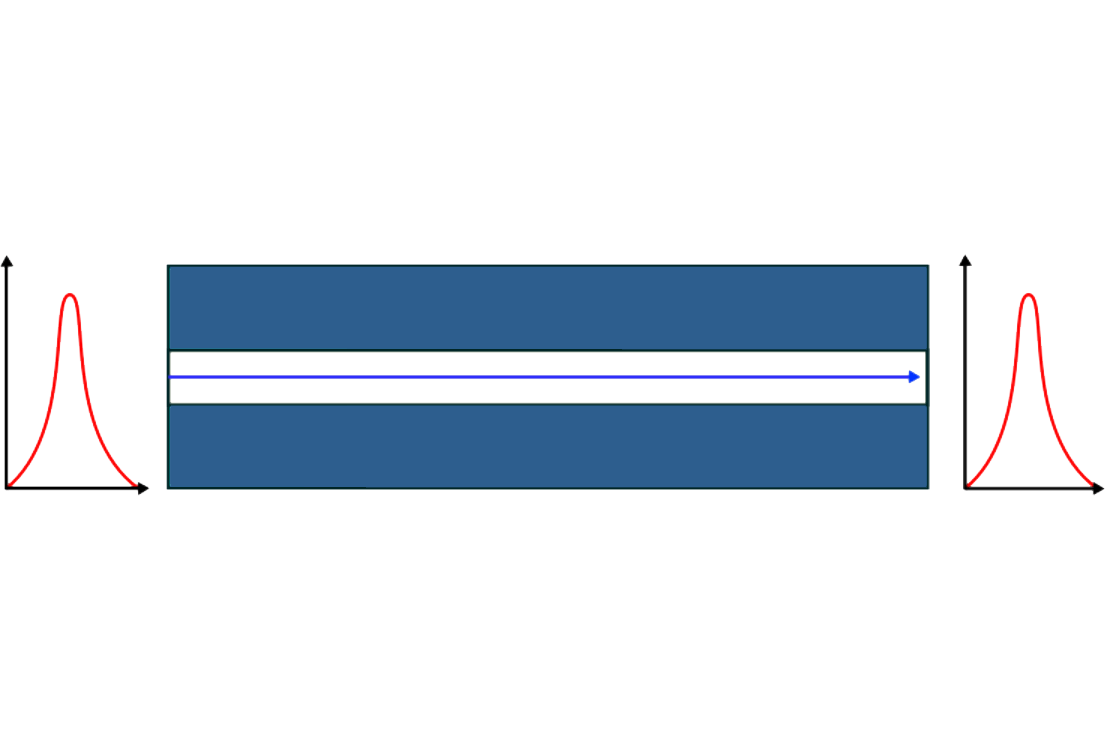
What are Singlemode Connections used for?
Single-mode fibers are often used over long distances to reliably transmit a large bandwidth from point A to point B with an absolute minimum of interference or data errors, which is possible over many kilometers. Single-mode fiber patch cords are usually characterized by a yellow sheathing and are currently manufactured according to OS2 ISO/IEC 24702 standards (with 0.4dB/km) in a 9/125μm ratio (core diameter/sheath diameter). It is important to pay attention to the use of G.652.D Low Waterpeak Fibers as they offer an increased bending radius and increase the attenuation in the wavelength range between the 2nd and 3rd optical window. G.652.D Single-mode fibers should especially be used when implementing CWDM/DWDM installations. However, a trend for shorter single-mode data links is already apparent, since the fiber is more complicated by its thin nature, but is now cheaper than a Multi-mode fiber. Users also have the advantage that increasing bandwidth does not shorten the link length. In this case, however, the total attenuation of the connection must be taken into account.
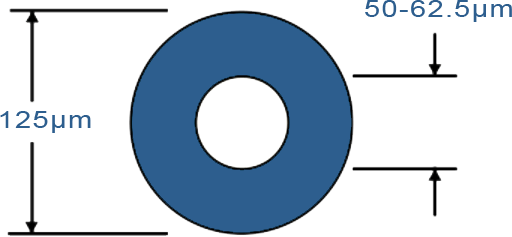
The Multi-Mode Fiber Core
Multi-mode fiber patch cords have a larger core diameter of 50μm, which spreads several modes of light. Because of the larger diameter, more data can be transmitted. However, far more light refraction takes place and a greater attenuation occurs. As a result, Multi-mode fibers are more likely to be used in backbones and local area networks (LANs), at far shorter distances than single-mode fibers, because the greater the bandwidth the shorter is the possible connection length.
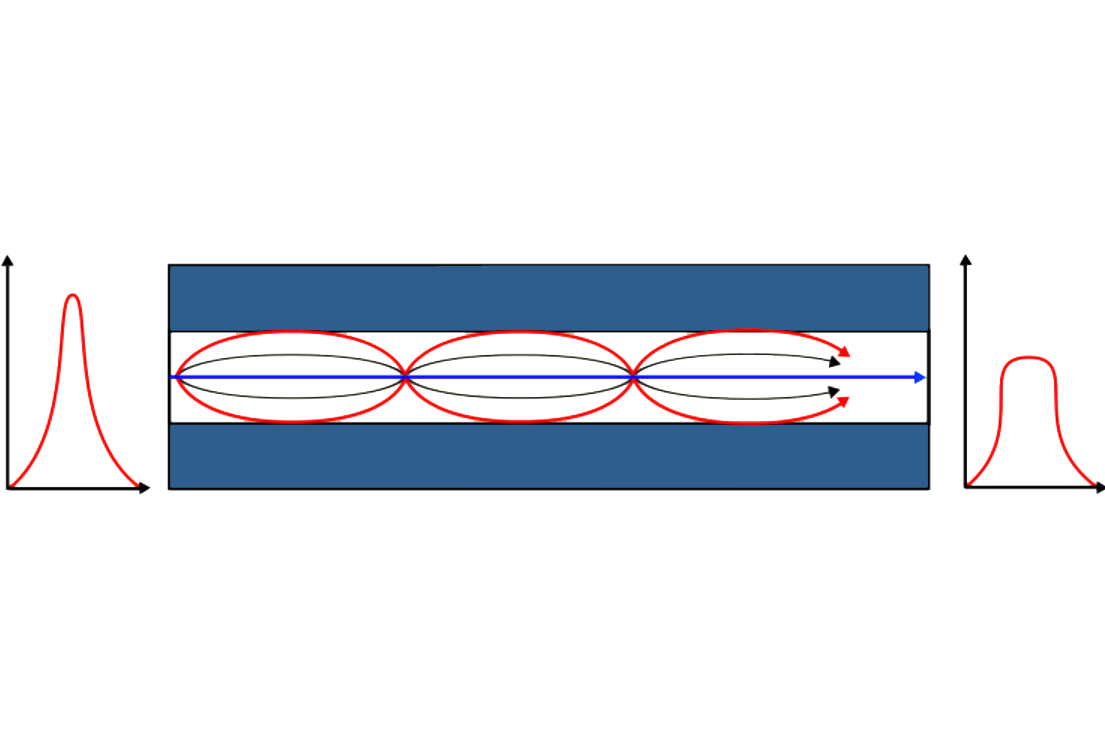

What are Multi-mode Connections used for?
Multi-mode fiber patch cords are available in different versions due to their historical development. Common designs in the glass fiber data transmission technology are the variants OM2 and OM3 according to the ISO 11801 standard and OM4 according to the TIA-492-AAAD standard. The core/shell diameter ratio is 62.5/125μm for OM1 fibers. OM2 (500MHz/km, sheath color: orange) fiber types and in the case of laser-optimized Multi-mode fiber (LOMMF), the diameter ratio is a little bit thinner with a 50/125μm ratio for OM3 (1500 MHz/km, jacket color: Aqua/turquoise) and OM4 (3500 MHz/km, jacket color: magenta/violet) fiber types. OM2 fibers are designed for bandwidths of up to 10G. OM3 and OM4 fibers can also be used for higher bandwidths (currently up to 100G).
Can Multi-mode and Single-mode Patch Cords be connected together?
To mix different fiber types and to connect them together without causing a large signal loss during the transition from one type to another is only possible with effort and additional hardware which handles the transition and increases the signal. However, this is not advisable. The right advance planning in terms of the most meaningful fiber type that best suits your needs saves hassle and subsequent additional costs.
If you have any open questions regarding your need for fiber optic patch cords, or if you have other questions, please contact CBO directly.
 English
English
 Deutsch
Deutsch
 Espaniol
Espaniol










